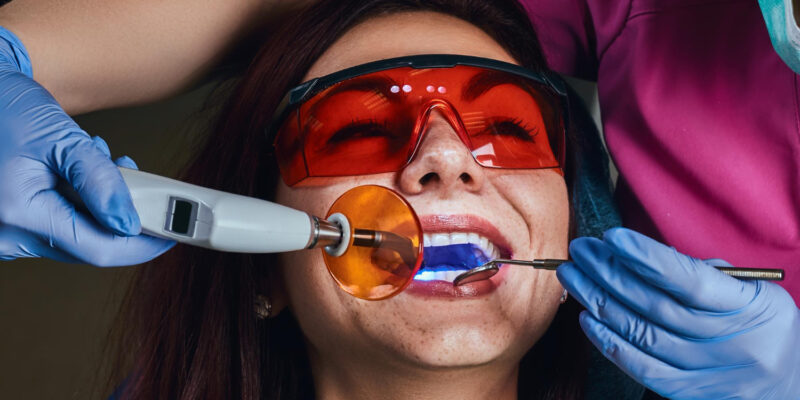In recent years, there has been a notable shift towards eco-friendly practices across various industries, and dentistry is no exception. With growing awareness of environmental sustainability and health-conscious choices, the demand for biocompatible materials in dental procedures has surged. One significant development in this realm is the rise of biocompatible tooth colored fillings, which not only offer aesthetic benefits but also align with eco-conscious principles.
Introduction: Embracing Sustainability in Dentistry
Dentistry, traditionally reliant on materials like silver amalgam, has faced scrutiny due to environmental concerns surrounding their disposal and potential health risks associated with certain ingredients. However, advancements in dental technology have paved the way for eco-friendly alternatives, such as biocompatible tooth-colored fillings. These fillings not only address environmental and health concerns but also cater to patients seeking a natural-looking smile.
The Advantages of Biocompatible Tooth-Colored Fillings
Biocompatible tooth-colored fillings are composed of materials that mimic the natural color and texture of teeth, providing a seamless blend with the surrounding dentition. Unlike traditional silver amalgam fillings, which contain mercury and other metals, biocompatible fillings are free from harmful substances, making them safer for both patients and the environment.
1. Aesthetic Appeal
One of the primary advantages of biocompatible tooth-colored fillings is their aesthetic appeal. Unlike metal fillings, which can be conspicuous and detract from the natural beauty of a smile, biocompatible fillings blend seamlessly with the teeth, creating a more natural appearance. This aesthetic enhancement is particularly appealing to patients concerned about the cosmetic impact of dental restorations.
2. Biocompatibility
Another key benefit of biocompatible tooth-colored fillings is their biocompatibility. These fillings are made from materials that are well-tolerated by the body, reducing the risk of adverse reactions or sensitivity. Additionally, biocompatible materials are less likely to cause damage to surrounding tooth structure, preserving the integrity of the natural teeth.
3. Environmental Sustainability
In an era of increasing environmental awareness, the sustainability of dental materials has become a pressing concern. Biocompatible tooth-colored fillings offer a more eco-friendly alternative to traditional amalgam fillings, which pose challenges in terms of disposal and environmental impact. By opting for biocompatible materials, dental practices can contribute to efforts aimed at reducing waste and minimizing environmental harm.
Conclusion: A Greener Approach to Dental Care
The rise of biocompatible tooth-colored fillings represents a significant step forward in the pursuit of eco-friendly dentistry. By prioritizing materials that are both safe for patients and environmentally sustainable, dental professionals can meet the evolving needs and preferences of their clientele. As awareness of the environmental impact of dental practices continues to grow, biocompatible fillings offer a compelling solution that combines aesthetic appeal, biocompatibility, and environmental sustainability. Embracing this greener approach to dental care not only benefits individual patients but also contributes to broader efforts to protect the planet for future generations.




















Comments